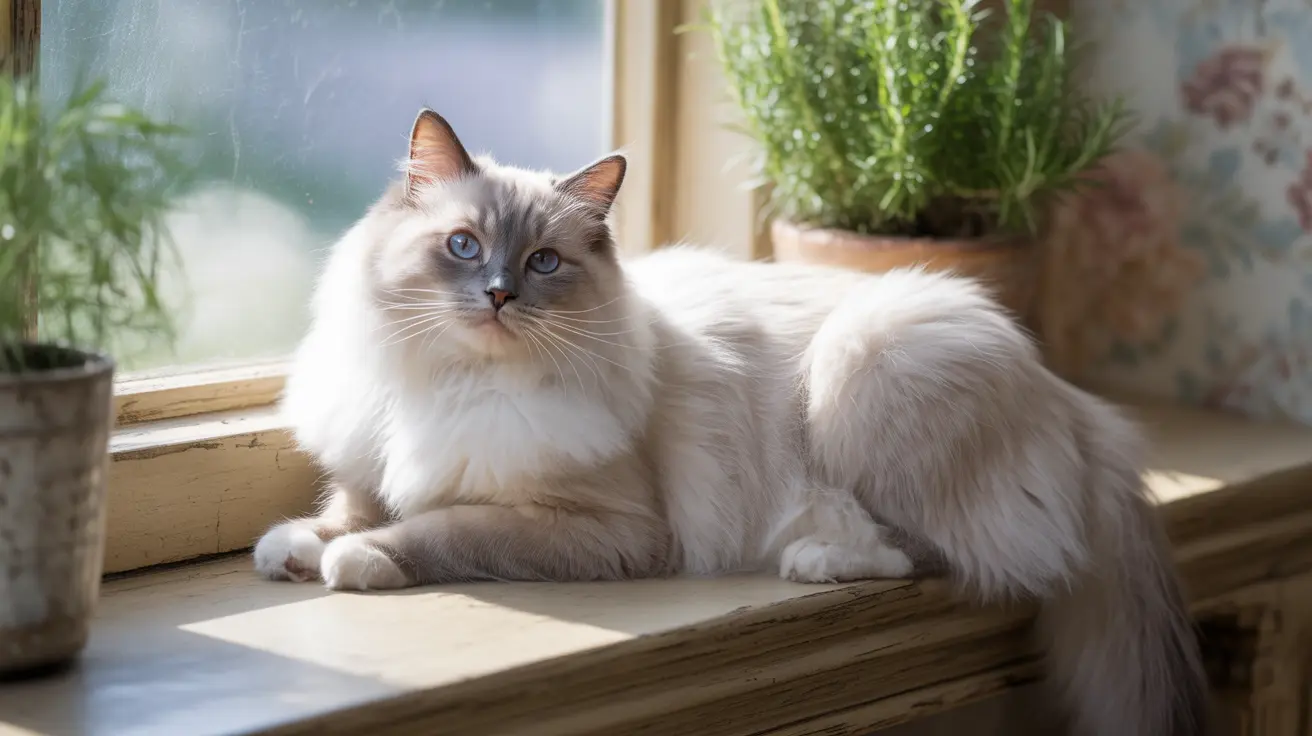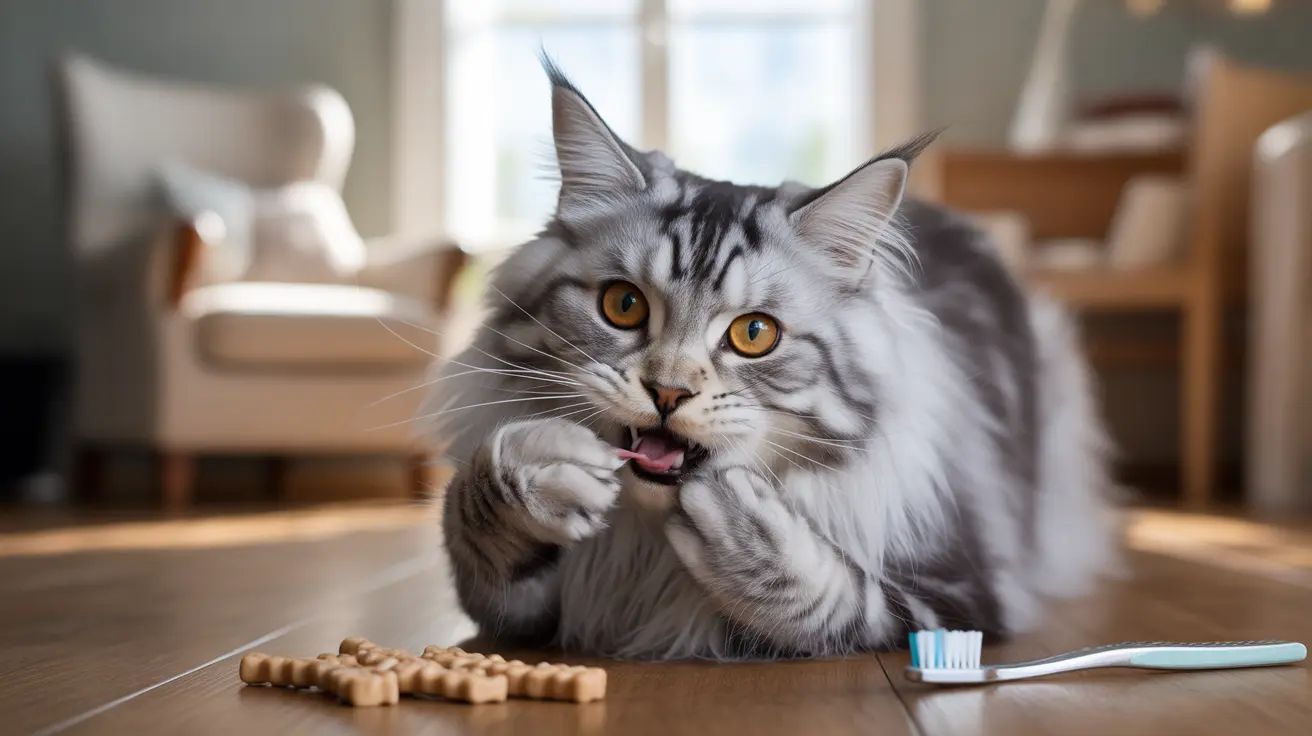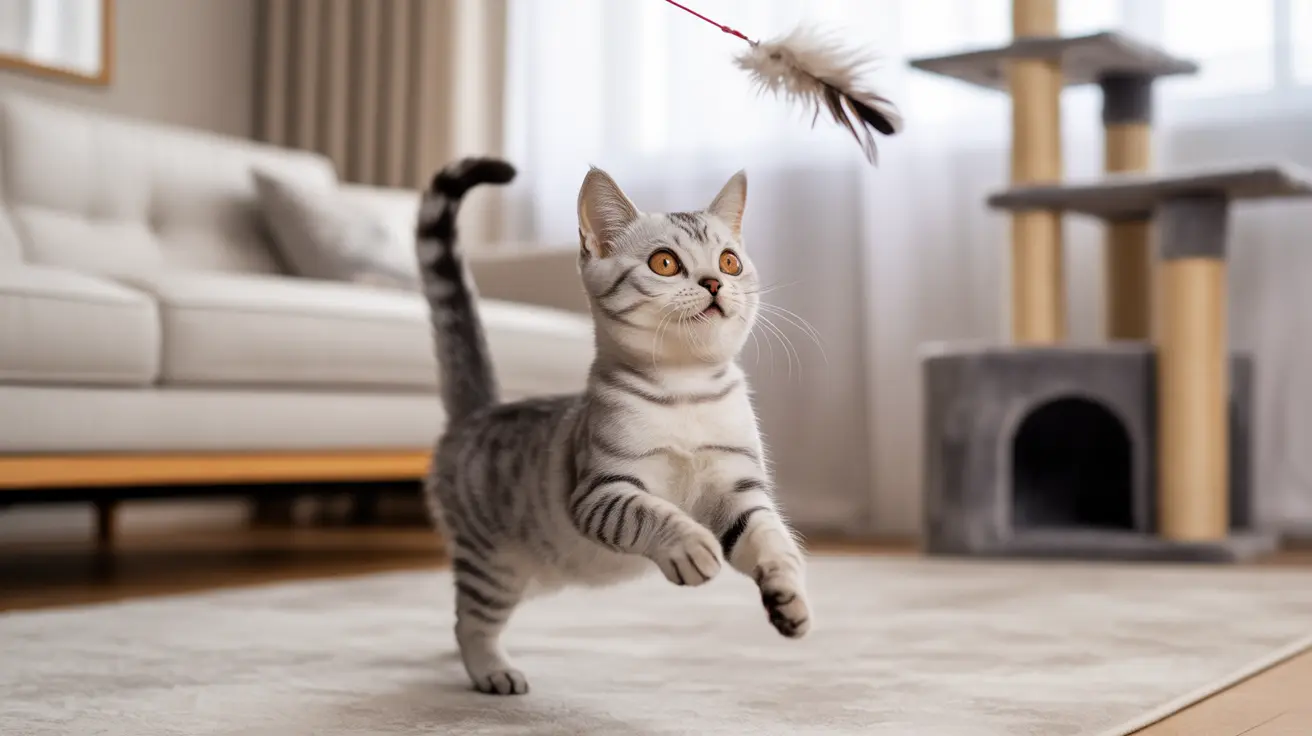Ragdoll cats are celebrated for their stunning appearance and remarkably diverse color palette. These gentle giants of the cat world showcase an impressive array of colors and patterns that make each one uniquely beautiful. Whether you're a potential Ragdoll owner, breeder, or simply an admirer of these magnificent cats, understanding their color variations is essential.
In this comprehensive guide, we'll explore the fascinating world of Ragdoll cat colors, from the most common to the rarest varieties, and delve into the genetics that make these cats so special.
Primary Colors of Ragdoll Cats
Ragdolls come in six main color variations, each with its own distinct characteristics:
Seal Point
The seal point is the most prevalent and recognizable Ragdoll color. These cats display deep, warm brown points on their ears, face, legs, and tail, contrasting beautifully with their cream-colored body. The points often deepen with age, creating an increasingly dramatic appearance.
Blue Point
Blue point Ragdolls exhibit a softer, gray-blue shade on their points. This diluted version of the seal point creates a gentler contrast with their light-colored body, giving them an ethereal appearance that many cat lovers find irresistible.
Chocolate and Lilac Points
Chocolate points showcase a warm, milk-chocolate brown color on their extremities, while lilac points display a frosty, pinkish-gray tone. Both colors are considered rare and highly sought after in the Ragdoll breeding community.
Distinctive Ragdoll Patterns
Traditional Colorpoint
The classic pointed pattern features darker colors on the extremities while maintaining a lighter body color. This pattern is the foundation of the Ragdoll breed and serves as the base for other pattern variations.
Mitted Pattern
Mitted Ragdolls display white "mittens" on their paws, along with a white chin and stomach stripe. This pattern adds a charming contrast to their pointed coloring while maintaining the breed's elegant appearance.
Bi-Color and Van Patterns
Bi-color Ragdolls feature an inverted white "V" on their face and more extensive white areas on their body. The van pattern, being the rarest, shows color primarily on the ears, tail, and occasional body spots.
Color Development and Genetics
All Ragdoll kittens are born completely white, with their true colors emerging gradually over the first few months of life. This fascinating process is controlled by temperature-sensitive genes that cause darker coloring in the cooler areas of the body.
The final color and pattern of a Ragdoll depend on complex genetic factors inherited from both parents. This genetic diversity contributes to the breed's wide range of possible color combinations.
Seasonal Changes and Environmental Factors
Ragdoll colors can vary seasonally, with cats often appearing lighter in summer and darker in winter. This natural variation is due to temperature differences affecting their color-producing genes, making each Ragdoll's appearance dynamic throughout the year.
Frequently Asked Questions
What are the most common and rare Ragdoll cat colors, and how do they differ?
Seal point is the most common Ragdoll color, displaying deep brown points, while lilac and chocolate points are among the rarest. The differences lie in their genetic makeup, with rare colors requiring specific color genes from both parents.
How do the color and pattern of Ragdoll cats develop as they grow from kittens?
Ragdoll kittens are born pure white and develop their points gradually over the first 8-12 weeks of life. Full color development can take up to two years, with points continuing to darken and patterns becoming more defined.
What are the main coat patterns seen in Ragdoll cats, and how can I identify them?
The main patterns are colorpoint (no white), mitted (white paws and chin), bi-color (inverted V on face and more white), and van (mostly white with colored points). Each pattern has distinct characteristics that make them identifiable.
How does Ragdoll cat genetics influence their colors like seal, blue, chocolate, and lilac?
Color expression in Ragdolls is determined by specific genes that control both base color and dilution. For example, the dilute gene turns seal into blue and chocolate into lilac, creating the variety of colors we see in the breed.
Why do Ragdoll cats change color with age or seasons, and what affects their point coloration?
Ragdolls have temperature-sensitive genes that cause darker coloring in cooler areas of the body. This results in seasonal variations and explains why points (extremities) are darker than the body. Age can also affect color intensity, with many Ragdolls darkening as they mature.






